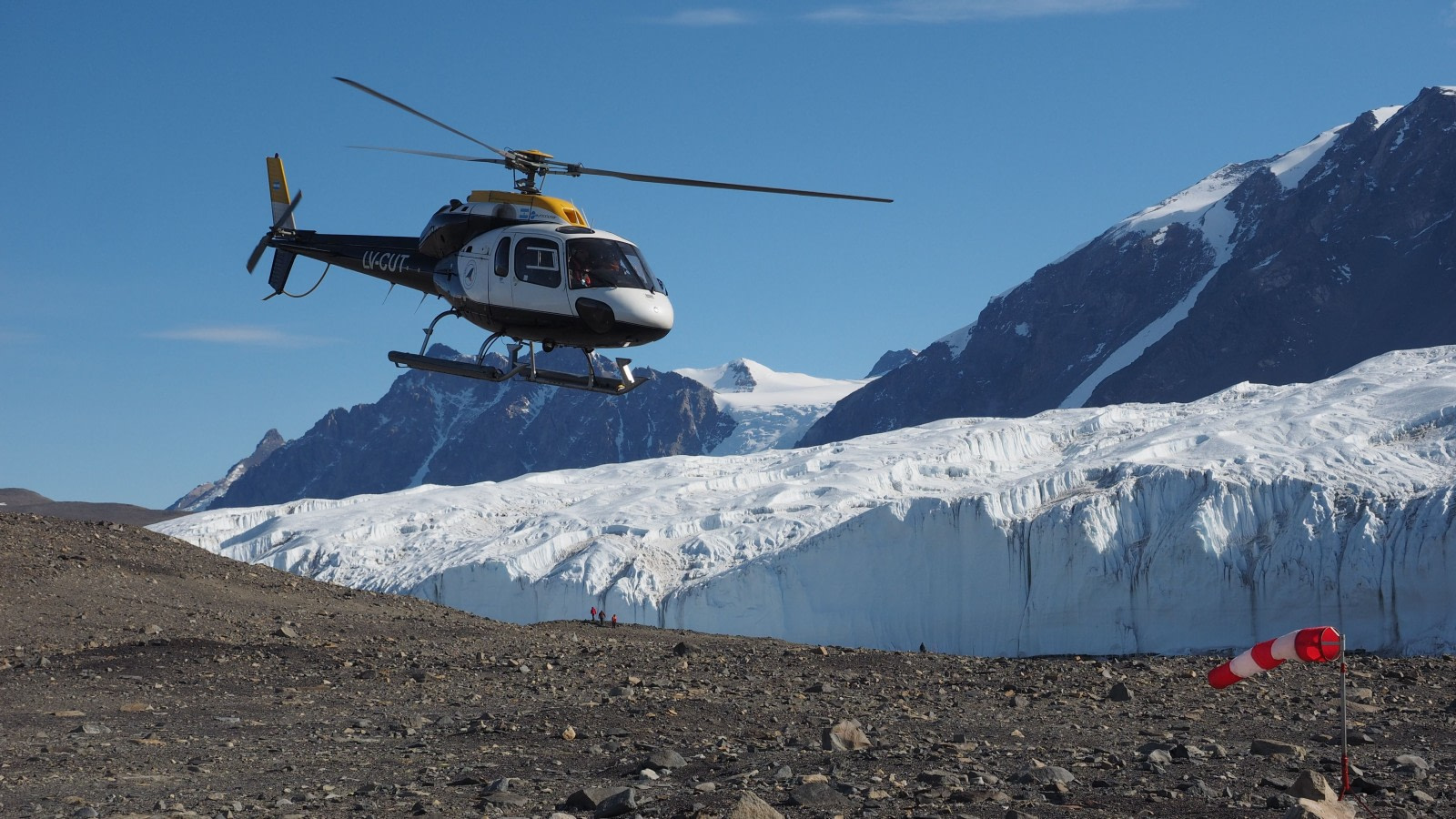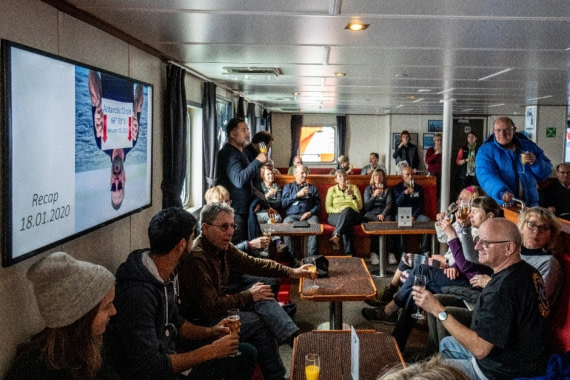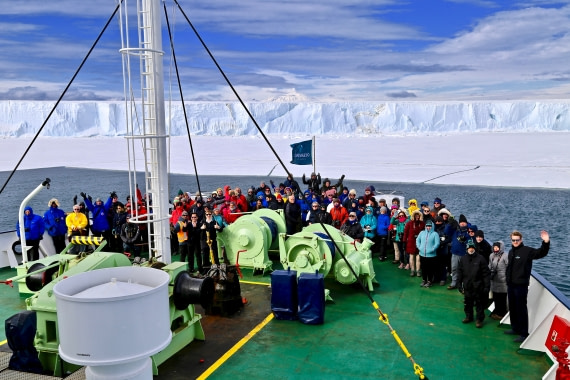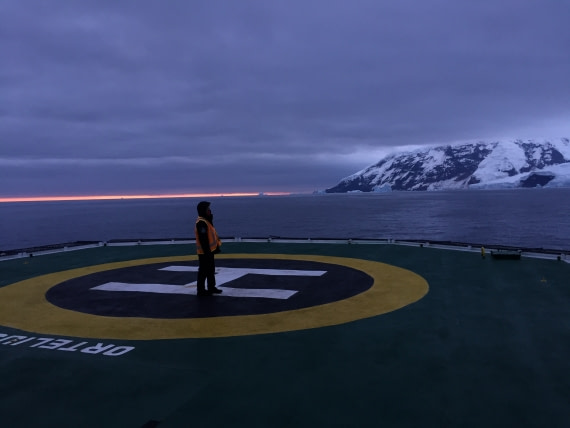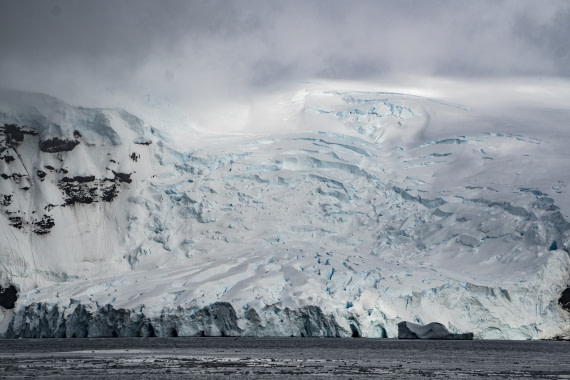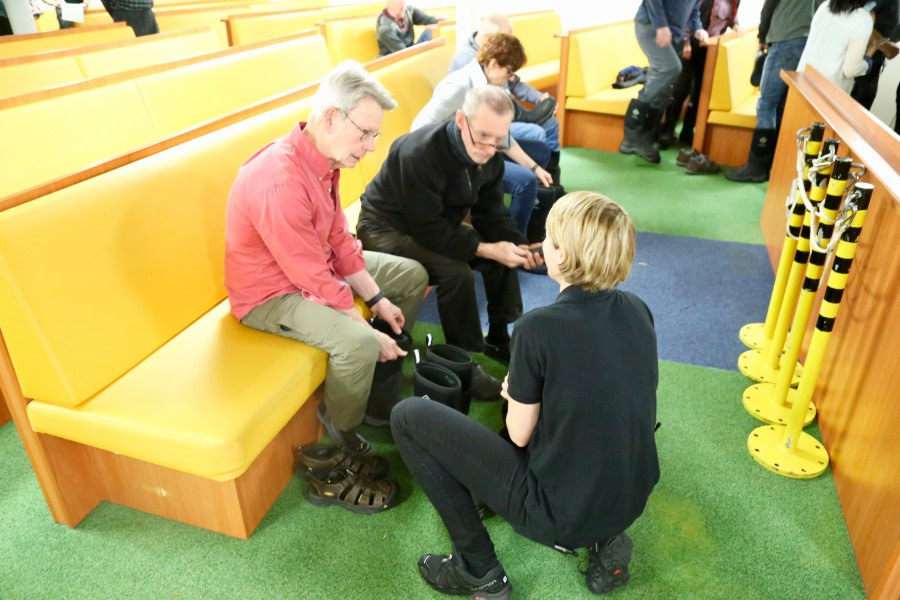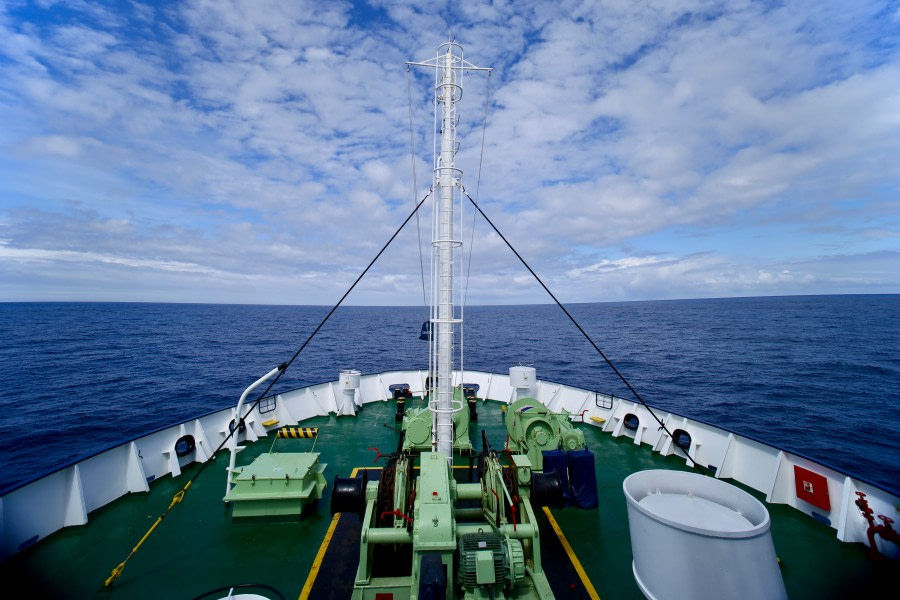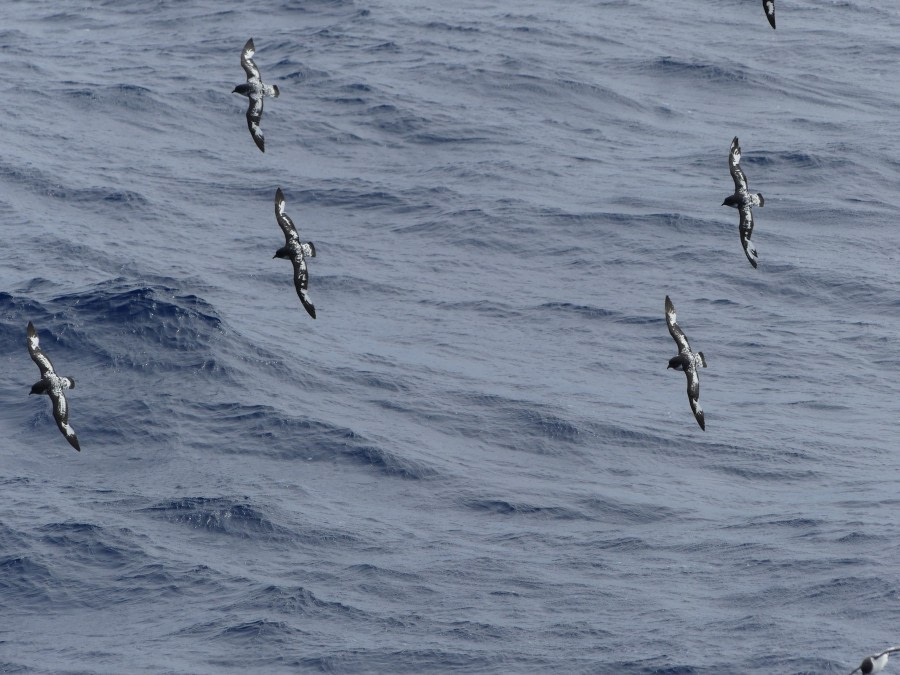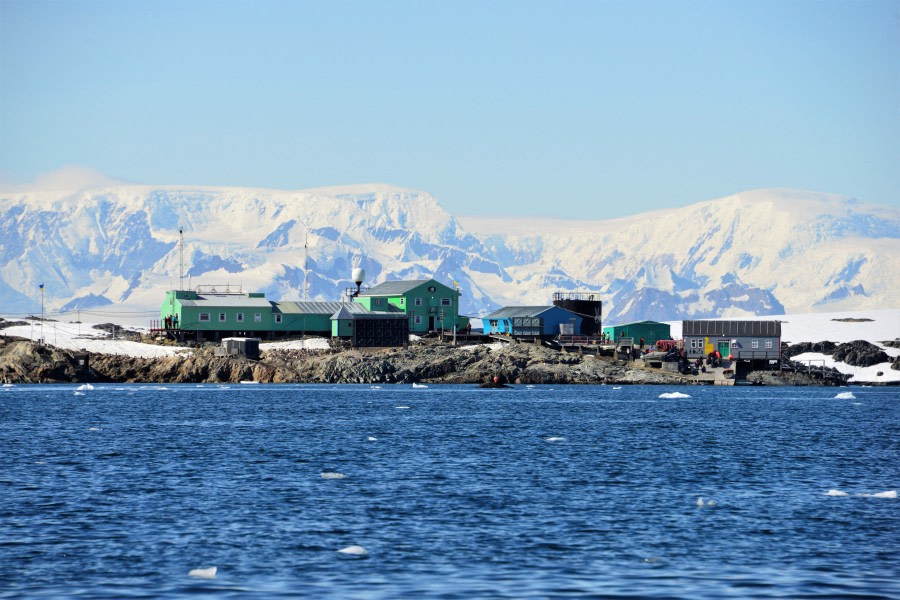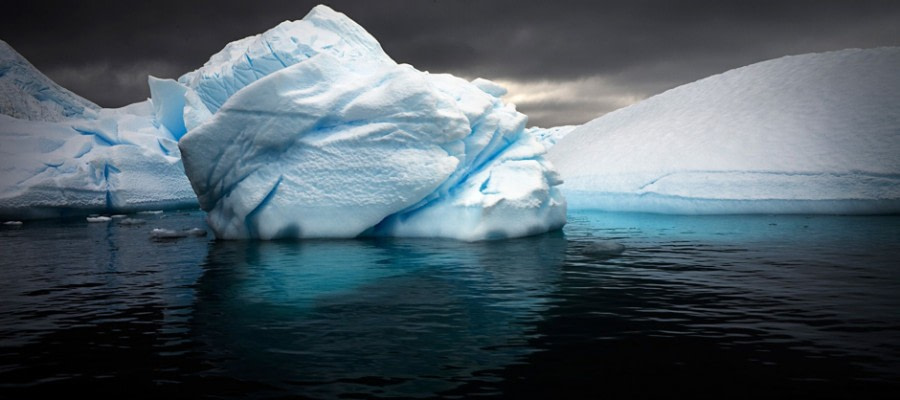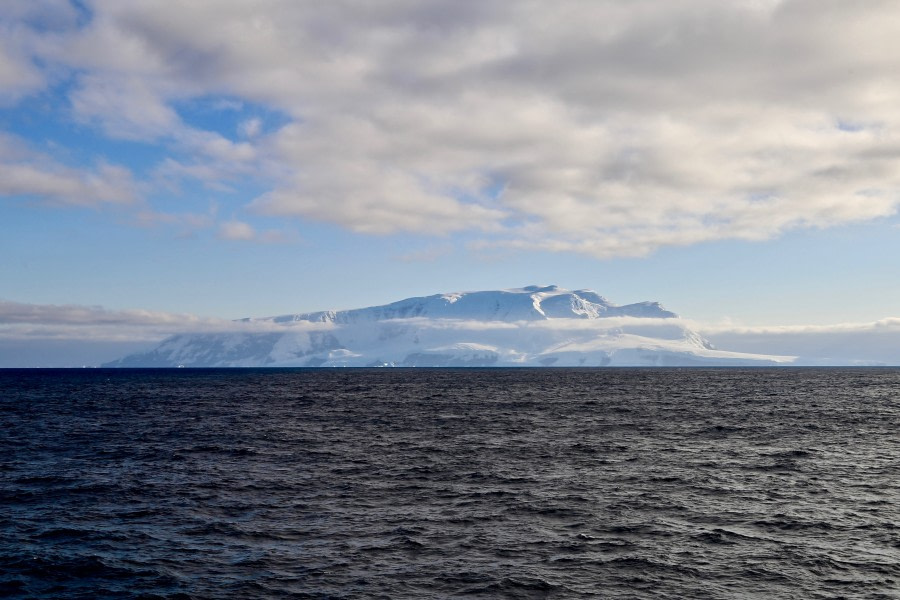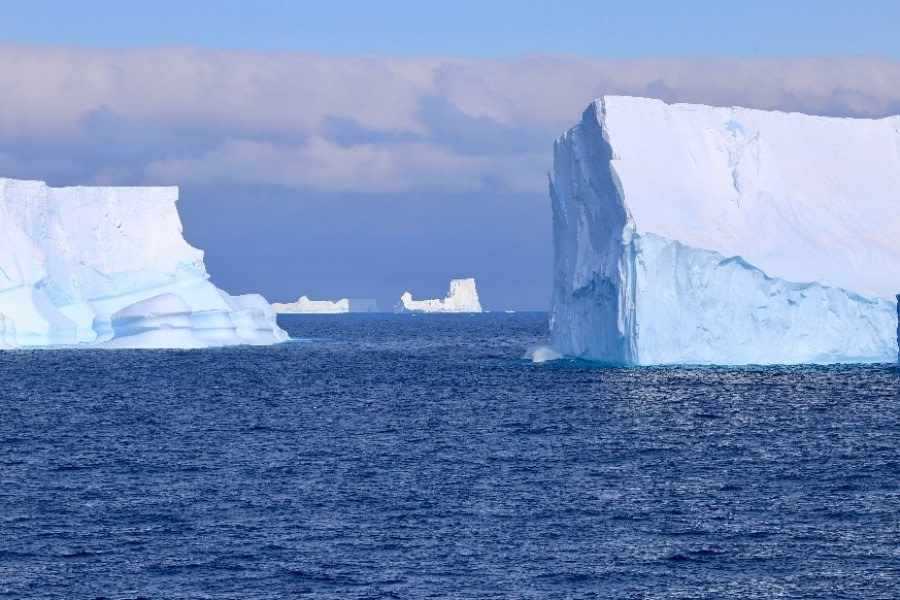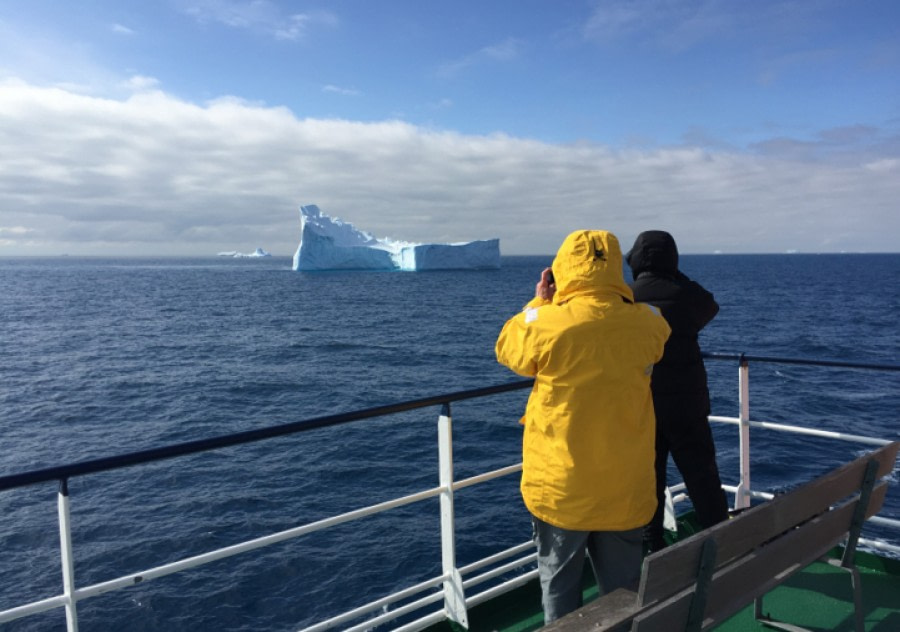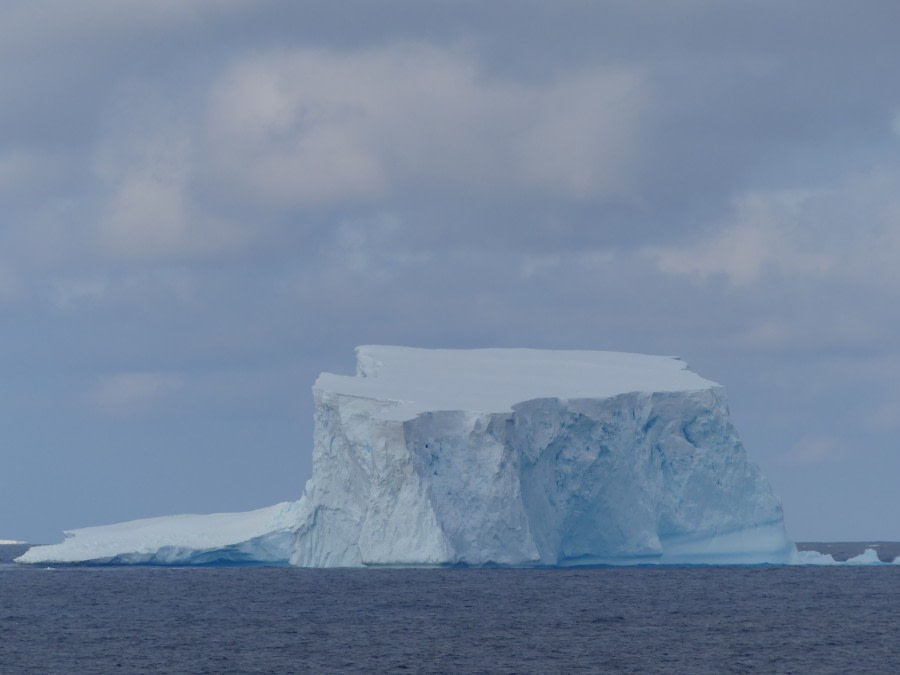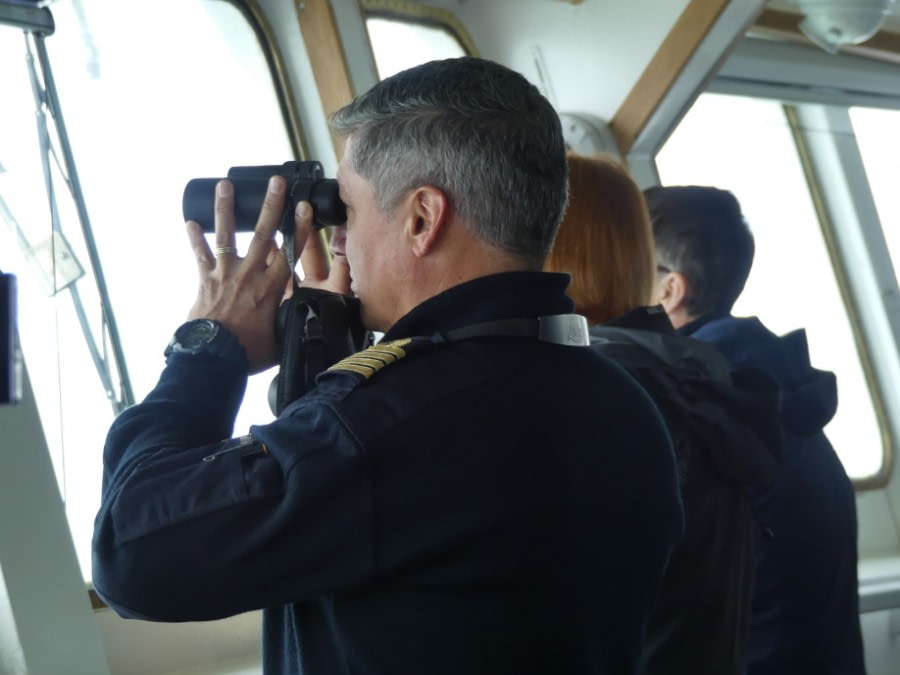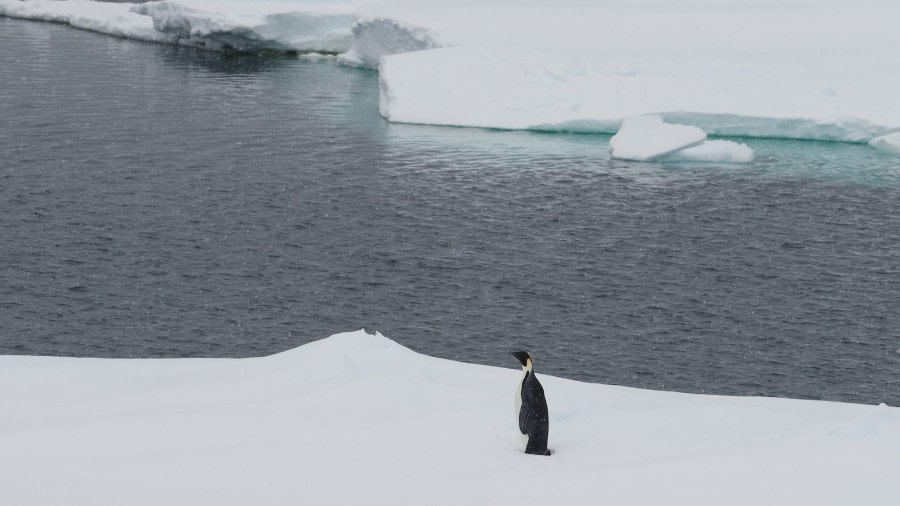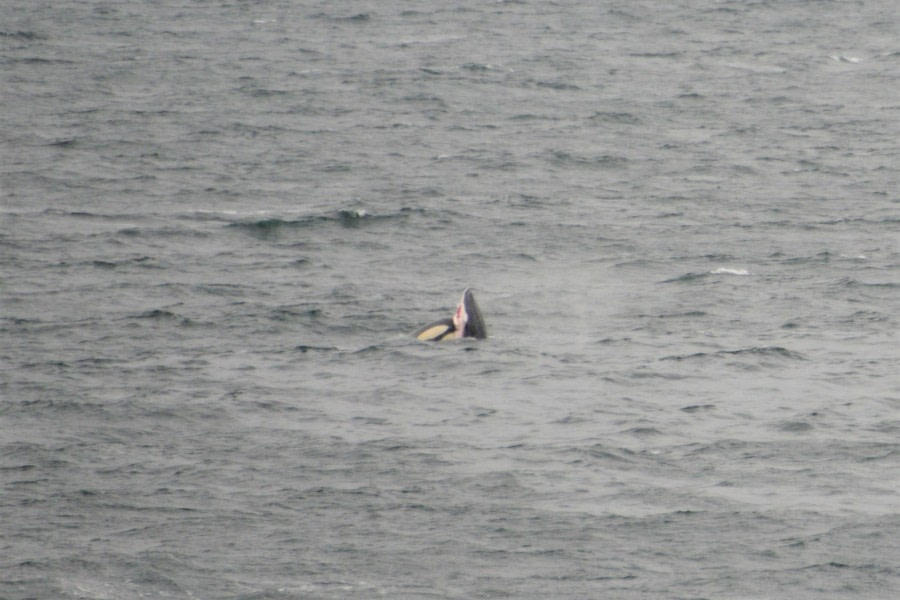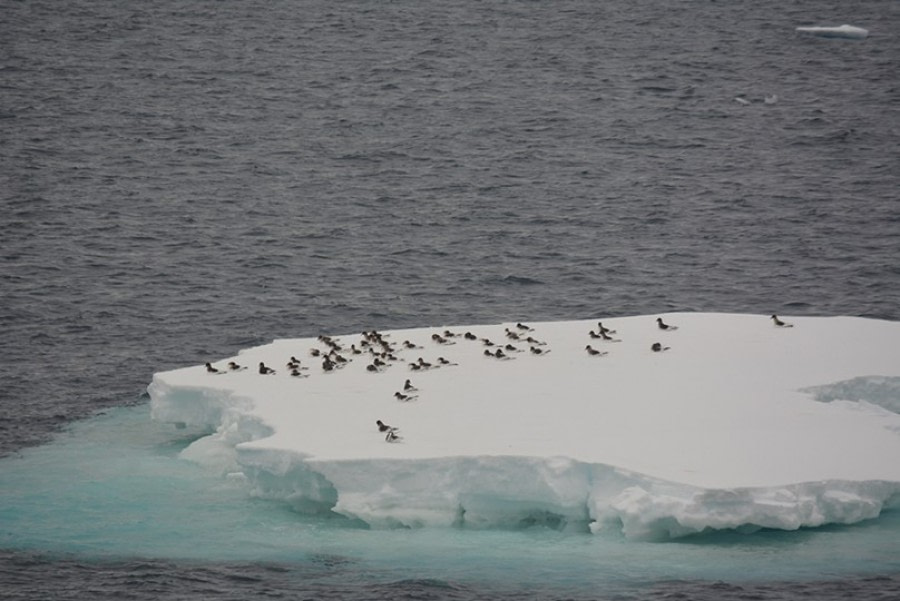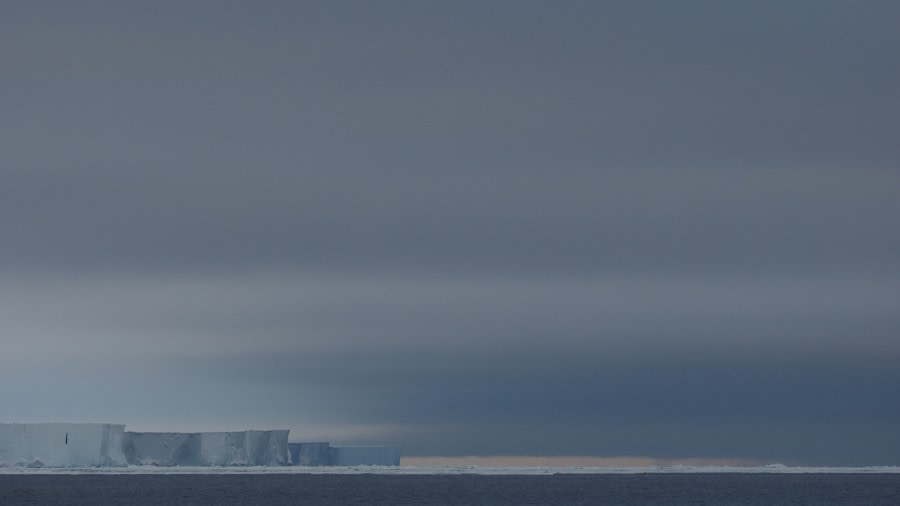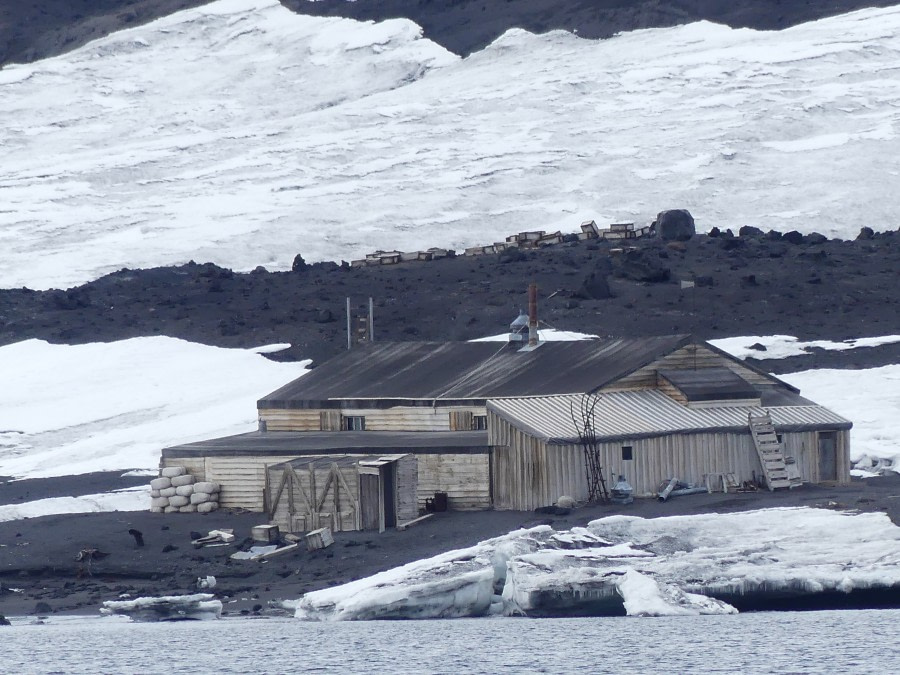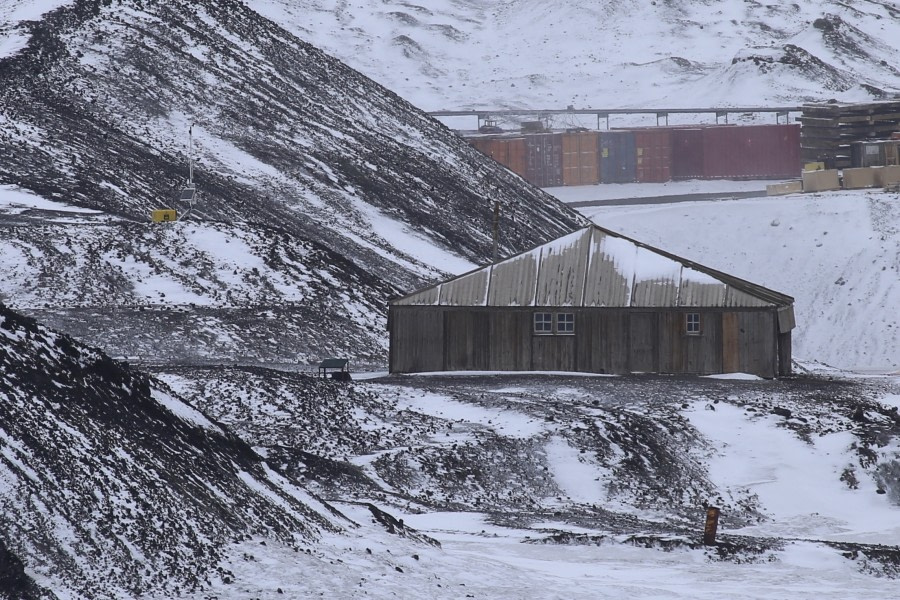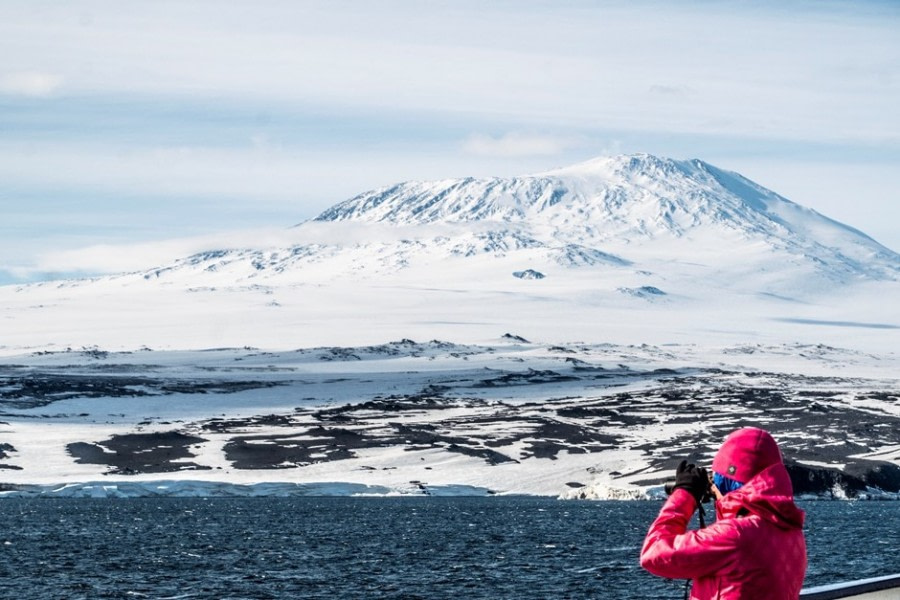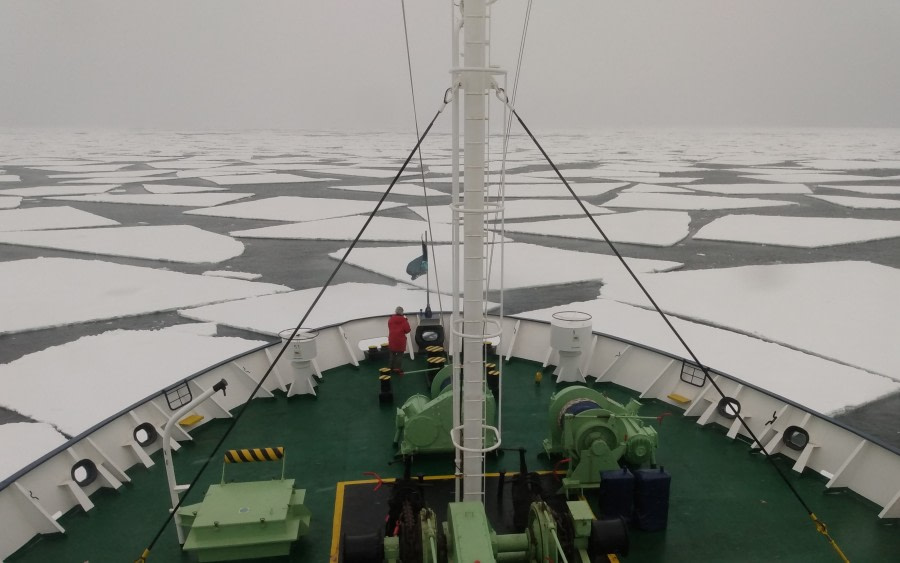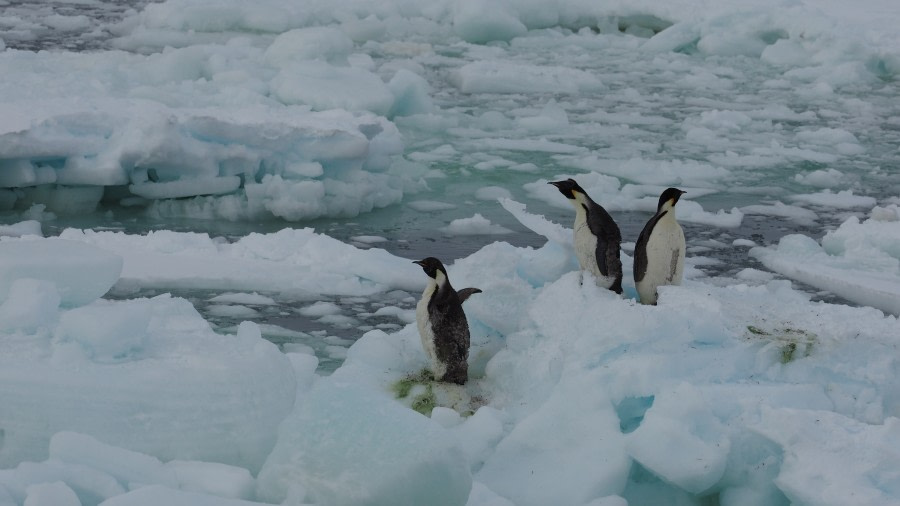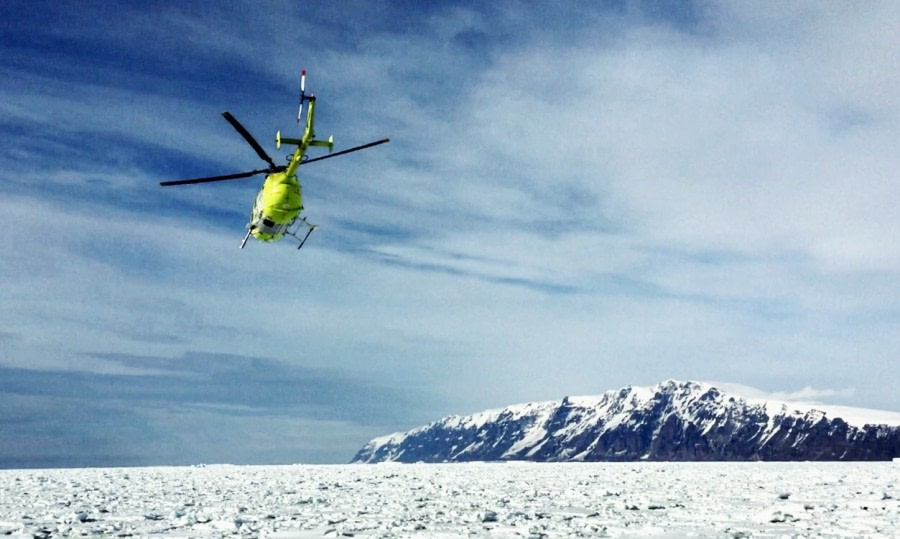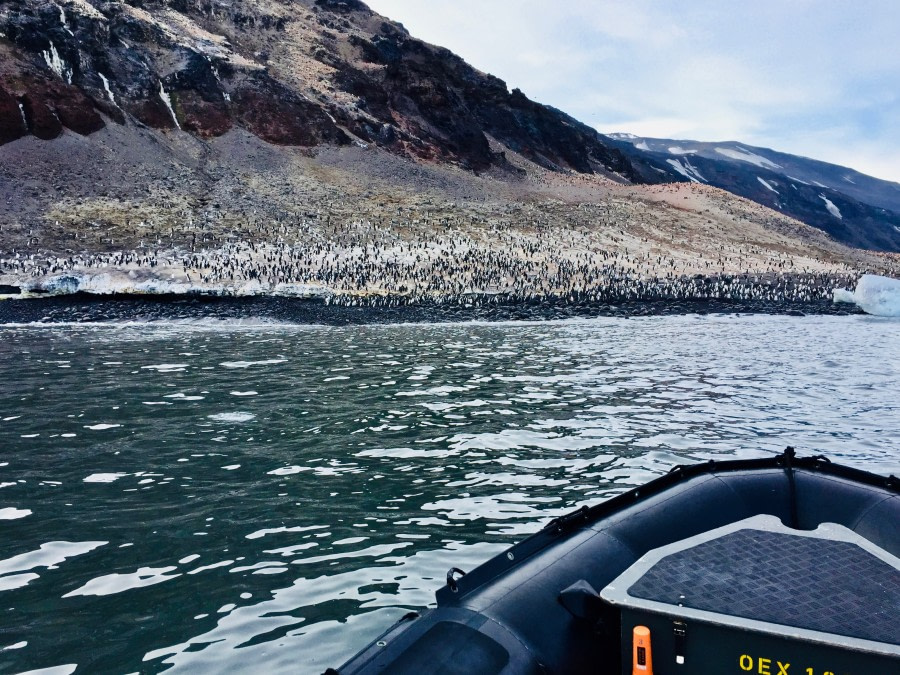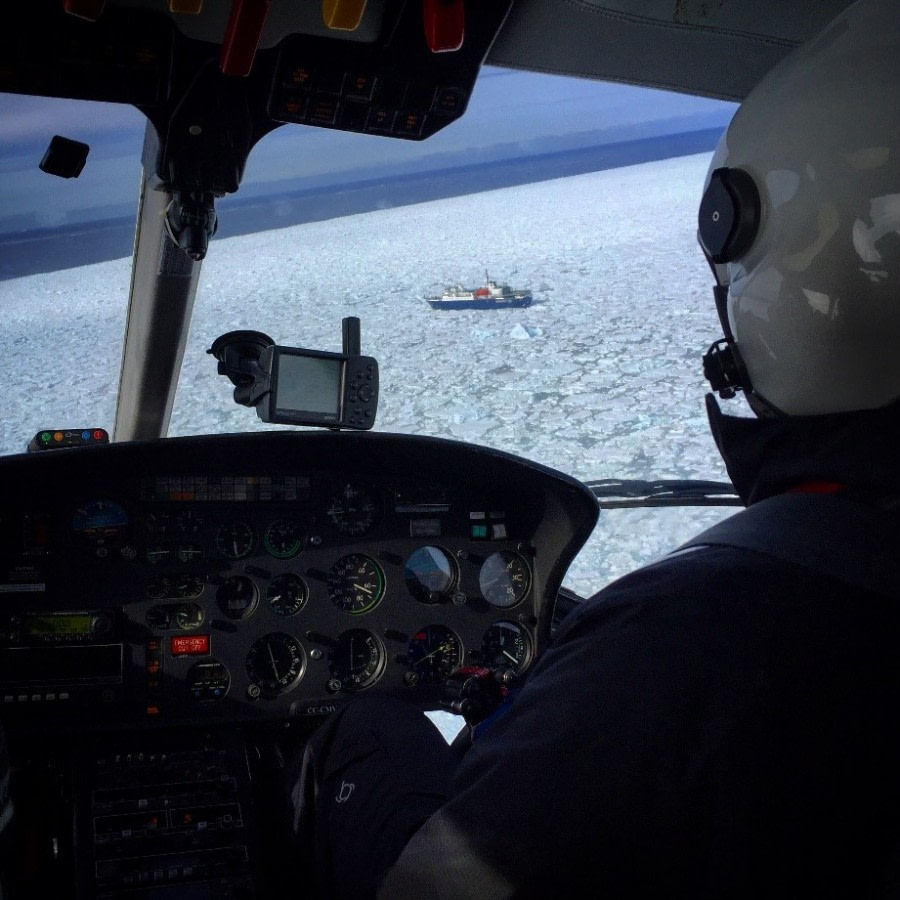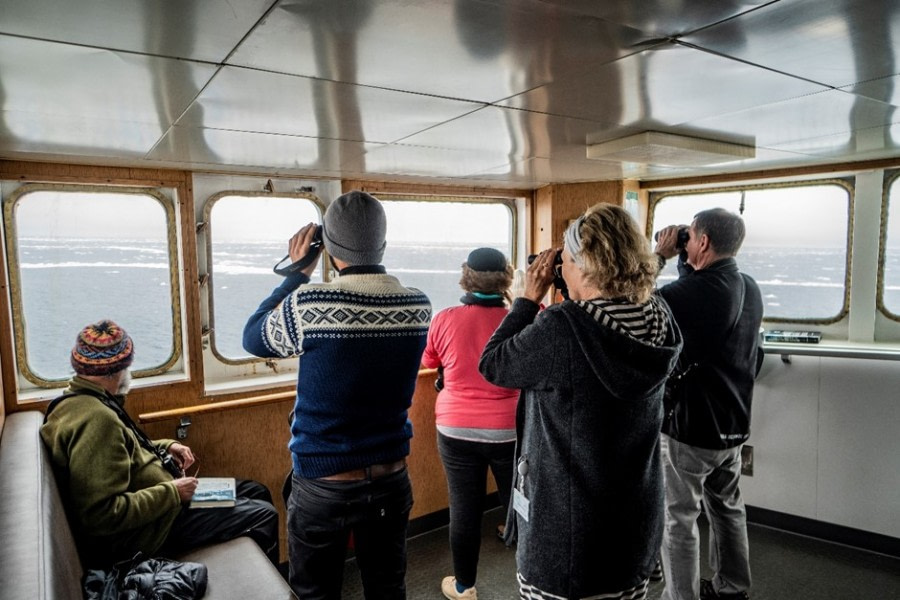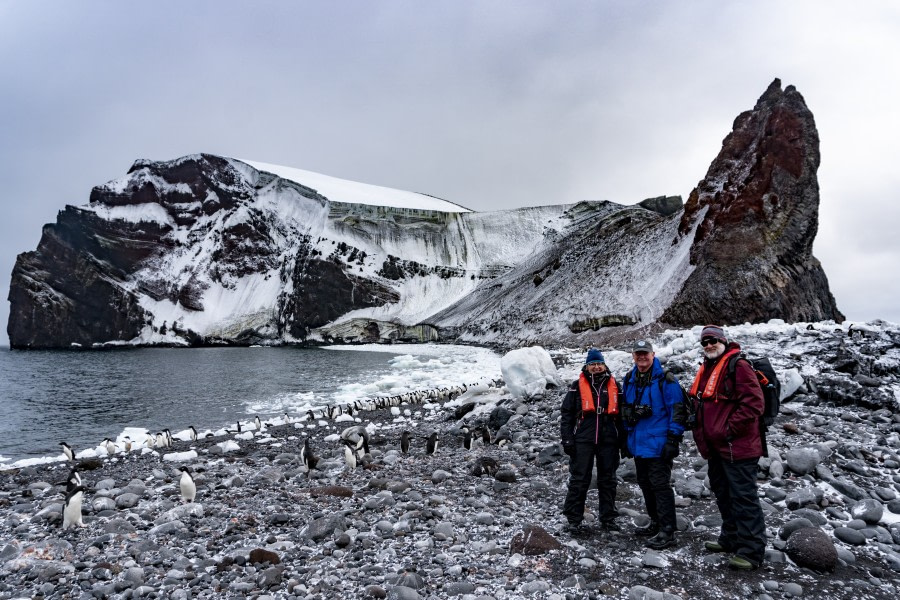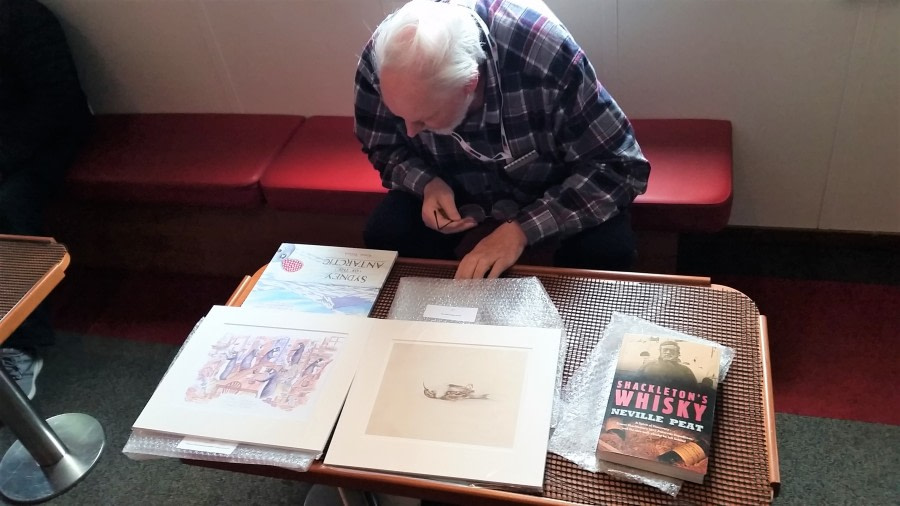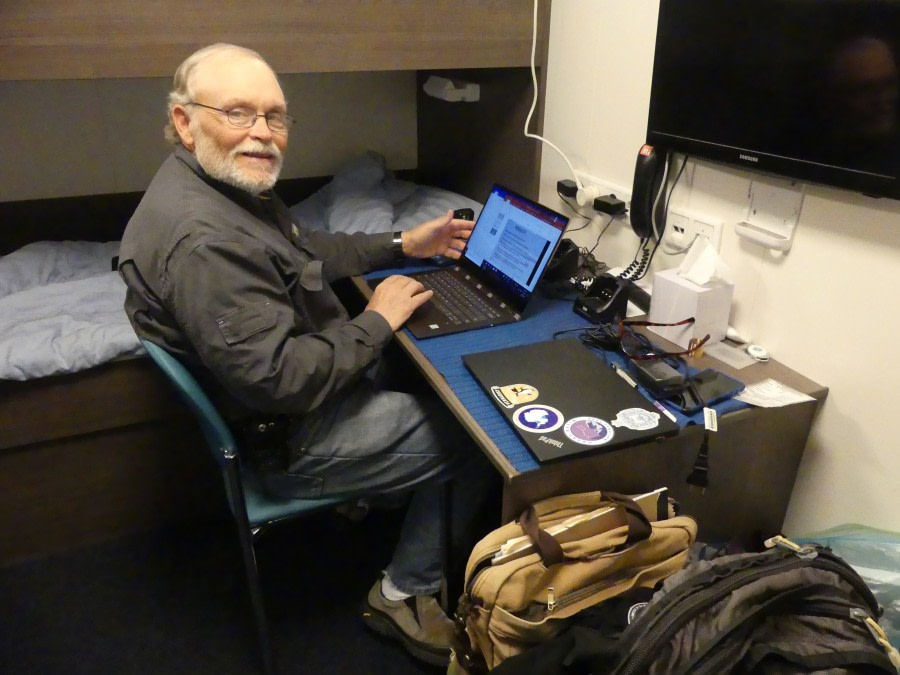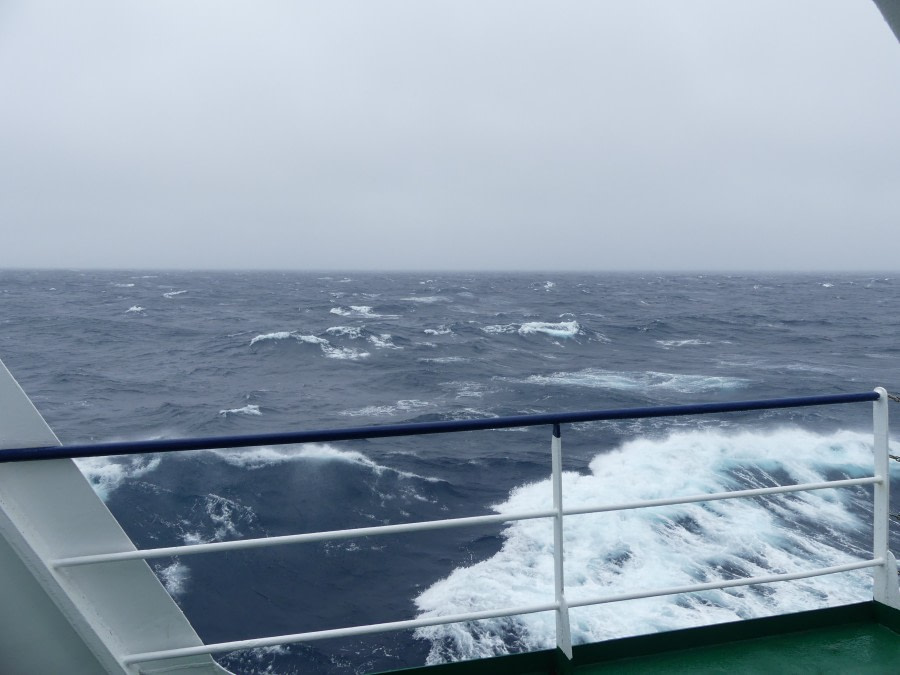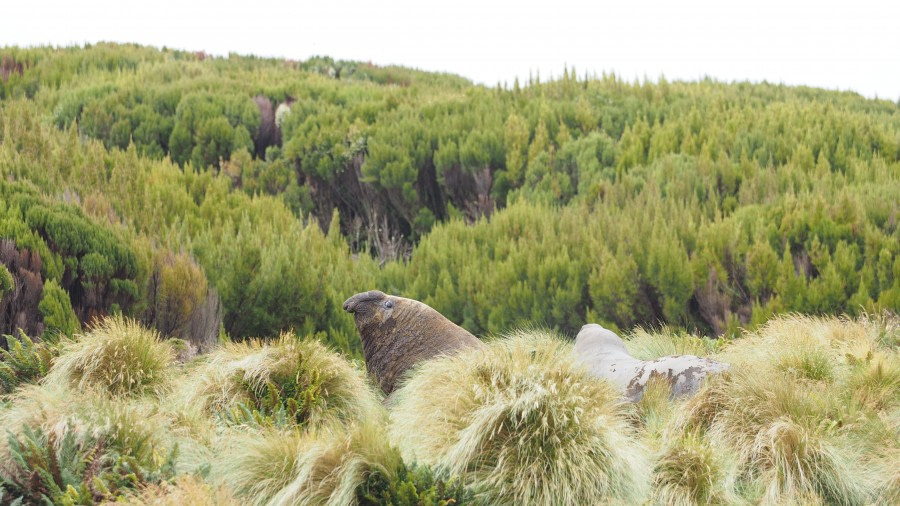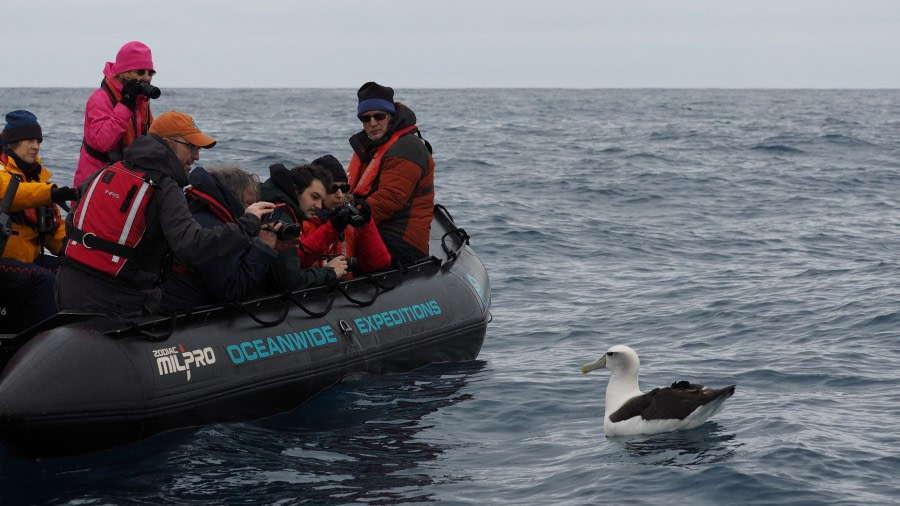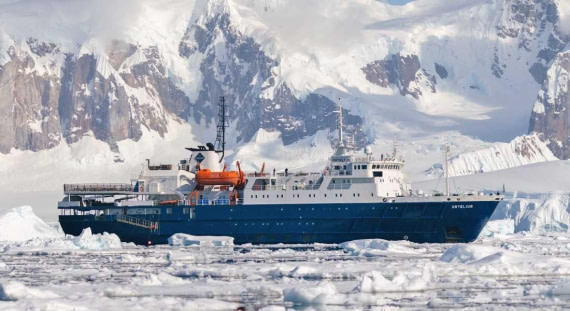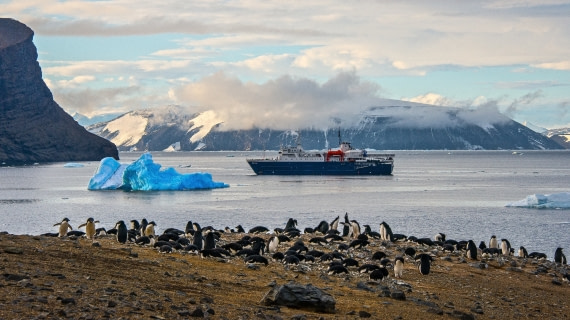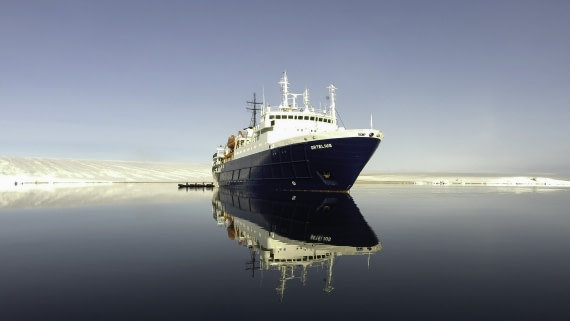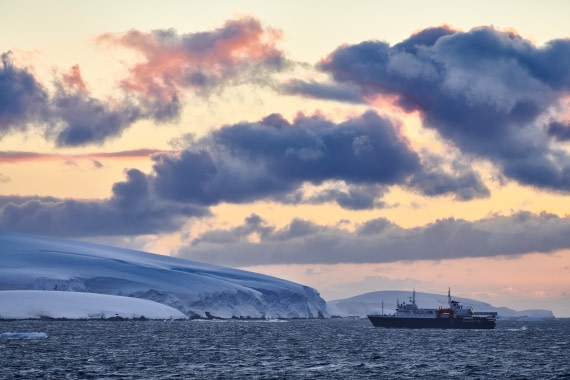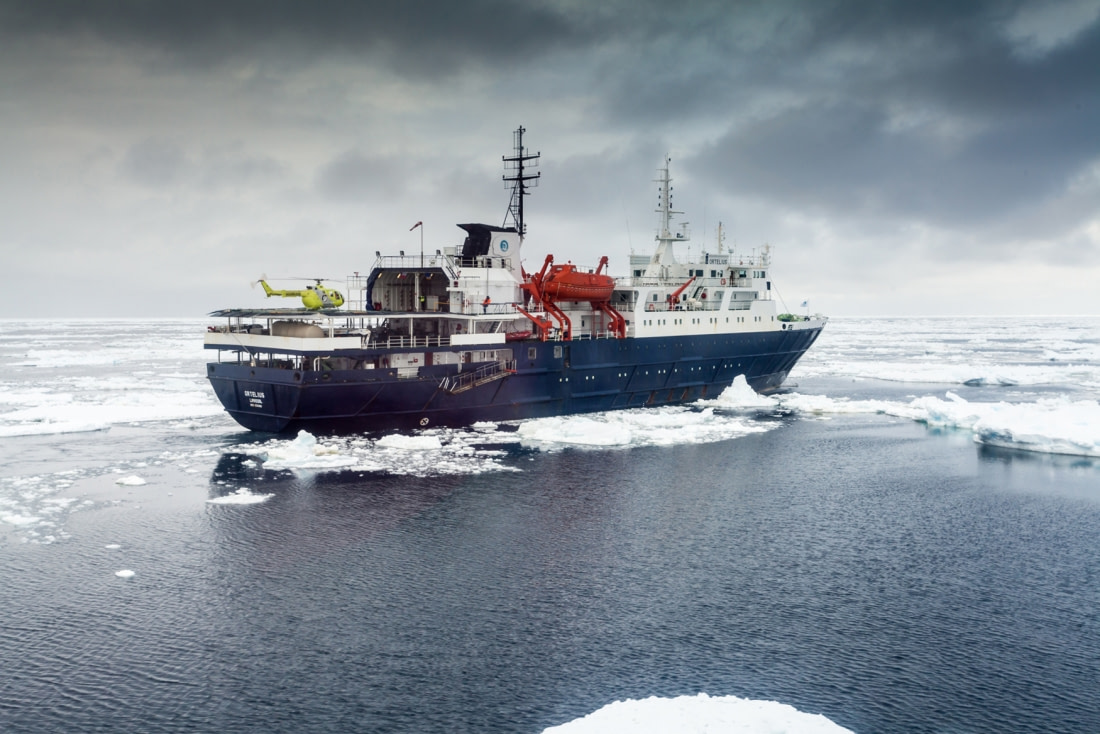| Date: |
11.02.2020 |
| Position: |
54°06’S / 169°03’E |
| Wind: |
WSW6 |
| Weather: |
Overcast |
| Air Temperature: |
+9 |
Despite yesterday’s reassurance that the sea would be calmer no-one told the weather! Overnight, it was still very boisterous and in the morning Steve thought that housekeeping had been in very early and had rearranged the room! The waves were still big and some of us were still feeling the effects of the motion. This continued for much of the day, with the outer decks remaining closed. Even the normally unperturbed, ice cool Ice Pilot finally succumbed to the ship’s gyrations. He did not have a good day at all…
This morning we were greeted by a lovely grey sky and a wondrous grey sea. It was our third day at sea enroute to the rugged and isolated splendour of Campbell Island and many of us took advantage by having a lie-in. After a splendid breakfast there was time in hand before the first presentation of the day. There was another in the afternoon and it was a bit like a father and daughter double act. Someone said, “Well, if she’s your daughter, how is it that she speaks with such a strong French accent?” The answer was simple – her mother is French! Simon got the ball rolling with a fascinating, thought-provoking and at times humerous account of albatrosses – winged wanderers of the world. After lunch it was the turn of Heidi and she invited us into the lecture theatre for an erudite, concise and intellectually stimulating talk on climate change.
The talk on albatrosses encouraged us to look out for them and several different species were spotted. In order of appearance, they were: Snowy Wandering Albatross, Black-browed Albatross, Campbell Albatross, Grey-headed Albatross, Light-mantled Albatross, Auckland Shy Albatross and Southern Royal Albatross. In the late evening, in a matter of minutes, no fewer than 8 Southern Royals sped past the ship on their way south to look for food. Other birds of interest during the day included Cape, White-chinned and White-headed Petrels, Diving-petrels, Sooty and Sub-Antarctic Shearwaters and Black-bellied and Grey-backed Storm-petrels. The only mammals that were seen was a pod of 6-8 killer whales of some kind. Unfortunately, they were only seen briefly.
At 19.48 the island finally appeared slowly, reluctantly almost, out of the murk. Our hopes were pinned on good weather for tomorrow, good enough for both ship and zodiac cruising. To quote from the book about the southern islands, “New Zealand’s southernmost subantarctic territory, the Campbell Island group lies 660 km south of Bluff, near the southern margin of the Campbell Plateau. Like the other two volcanic groups, Auckland and Antipodes Islands, it comprises a large main island, Campbell Island (11,268 ha) and several satellite islands, of which Dent (23 ha) and Jacquemart (19 ha) are the largest. The highest point is Mt Honey (569 m) on the south side of Perseverence Harbour. As at the Auckland Islands, the eastern side of the main island is heavily indented by fiord-like bays and inlets, the longest being Perseverence Harbour. High cliffs line much of the western side.
Campbell Island and its satellites are the eroded remains of a shield volcano of Miocene age, 6-8 million years old, embedded in continental crust. The volcanism was probably centred on the Dent Island-Northwest Bay area. Sea erosion has dismantled the western side of the volcano. The ancient Palaeozoic basement rock is composed of mica schist at least 450 million years old, some of which is exposed at Complex Point, Northwest Bay. Overlying the schist is a younger (Cretaceous-Cenozoic) sequence of sandstone, mudstone, conglomerate and white cherry limestone, which forms spectacular cliffs above Northwest Bay.
During the ice ages of the last two million years, glaciers formed on the main island, leaving landforms such as U-shaped valleys, cirques and moraines. Post-glacial peat deposits mantle much of the land.”
